Floaters (Anatidae) are a large and well-known family of water birds. These include geese and swans, which together with whistlers are classified in the subfamily of geese (Anserinae), and all other floats are grouped in the subfamily of ducks (Anatinae).Floats are adapted to life in the water. Between their toes, they have a swimming foreskin that allows them to swim well, and they impregnate their feathers with fat secreted by special glands at the base of the tail. The grease repels water, so their feathers do not get wet and thus retain their insulating ability.
LABOD GRBEC

The humpback swan (Cygnus olor) is a huge bird. Only its body is about 80 cm long, and together with the neck the humpback swan measures from 140 to 160 cm and the range of its wings from 200 to 240 cm. Its feathers are completely white. It has an orange-red beak with a black base, and its legs are also black. The name was given to him by a noticeable black hump on his forehead. It has a small head on a very long neck, which it holds vertically or in the shape of the letter S while swimming. In the water, this magnificent bird is very elegant, but on land it is awkward and helpless. Due to its size, it has to work hard on takeoff. It runs for quite some time and flutters its wings strongly before finally rising into the air. It flies with its neck outstretched, and with each of its swings of its wings, one can hear the characteristic throbbing, even slightly singing sound of mighty wings. The humpback swan is a herbivore that feeds mainly on submerged parts of aquatic plants and algae, and on land it likes to ‘graze’ on meadows. Occasionally there are amphibians and invertebrates on his menu, especially insects or snails.
BELOČELA GOS
The white-fronted goose (Anser albifrons) is a large, grayish-brown bird with a white underparts. It is named after the white spot that extends from the root of the beak towards the forehead. Her head, neck, back, wings and tail are noticeably darker than her pale-colored chest and abdomen. The abdomen is adorned with pronounced, almost black transverse stripes that stretch high to the hips. It has a strong pink beak and orange legs. The white-fronted goose is slightly smaller than the gray goose - it is elongated between 65 and 78 cm long, and its wingspan is 130 to 165 cm.Is an active herbivore during the day. It feeds on the roots, shoots, leaves, stems and fruits of terrestrial plants, especially grasses and sedges. She likes to visit cereal fields, especially potato fields, especially in winter, so it is understandable that farmers do not like her.
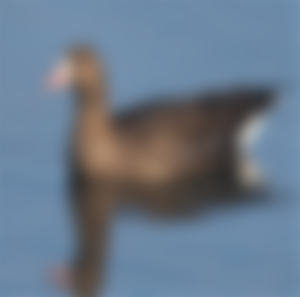
SIVA GOS
The greylag goose (Anser anser) is a large and bulky bird from the float family. It measures 74 to 84 cm from the tip of the beak to the end of the tail, and the range of the wings is 149 to 168 cm. Of the geese living in Europe, it is the most common. It is the ancestor of the domestic goose, which has lived with man for many centuries ... among other things, the geese alerted the Romans to the attack of the Gallic conquerors who besieged Rome, thus saving the city from complete catastrophe. The gray goose is a bird of calm colors, dressed in a gray outfit. We recognize her by her long but strong neck and large bright head. The strong beak is entirely bright, pale orange. It is narrowly dark striped along the light gray neck and body, the back and wings are darker, and the lower body behind the legs is white. The gray goose is characterized by silent pink-colored legs. Like other geese, it flies in wedge-shaped flocks, as this reduces the air resistance towards the end of the wedge, which the birds use to save energy. In flight, it is recognizable by the contrastingly colored upper and lower sides of the wings - the front part of the wings is very light gray, and the back part is dark. On take-off, it has a relatively contrasting back - the front is dark (gray-brown) and the tail is light (gray).
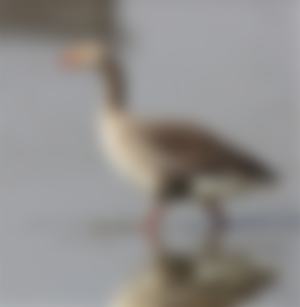
DUPLINSKA KOZARKA
The tadorna tadorna belongs to the ducks and is more similar in shape to geese. He has a stocky body and long legs, neck and head. The range of its wings measures from 100 to 120 cm, and when fully extended, it is 55 to 65 cm long and thus slightly larger than our most common duck - the mallard. The Duplin glass is very distinctive and strikingly colored. The predominant color is white - the lower part of her neck, abdomen, hips, tail and the front part of the wings are white. Her head is dark green, her breasts are adorned with a wide brown belt. It has a bright red beak and the legs are more dull red. Males will be recognized by the red coat of arms above the beak, which females do not have, and the latter are also slightly smaller.
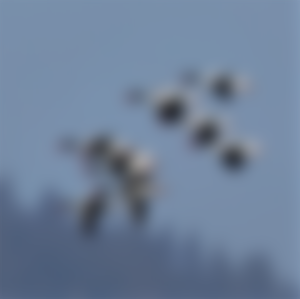
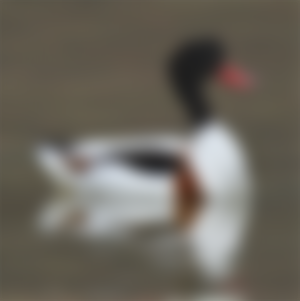
ŽVIŽGAVKA
Whistler (Anas penelope) belongs to the genus of ducks, but due to its round head it resembles diver ducks such as chestnut (Aythya nyroca) or lavender (A. ferina). It is 45 to 51 cm long and has a wingspan of 75 to 86 cm. The male is beautifully colored and cannot be mistaken for any other species in the wedding feathers. The female is brown protective in color and, at least by far,can be mistaken for females of other duck species.
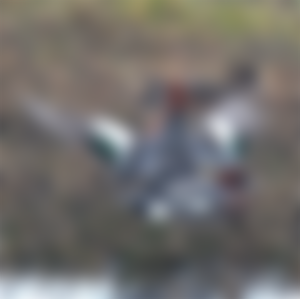
MLAKARICA
The mallard (Anas platyrhynchos) is the most common and best known duck in our country. It is the largest duck that nests in our country. It is elongated from 50 to a good 60 cm long, and its wingspan is from 80 cm to almost 1 m.
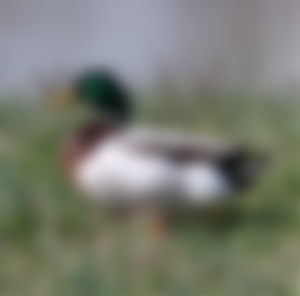
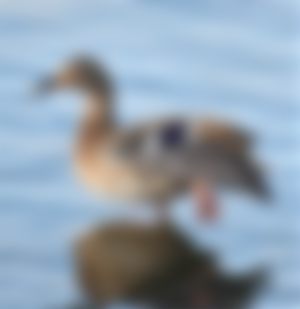
KREHELJC
Kreheljc (Anas crecca) is the smallest of the ducks that can be seen in Slovenia. It is 34 to 38 cm long from the tip of its beak to the end of its tail, and its wingspan is 53 to 59 cm. The female kreheljca is protectively colored - with a brown pea pattern it hides perfectly in dense aquatic or riparian vegetation. In terms of coloration, it will be difficult to distinguish it from females of other duck species. What stands out the most is its size and the shiny green ‘window’ on the upper side of the wings right next to the body. The male has a ‘window’ of the same color, but unlike the female it is very striking in color.

RACA ŽLIČARICA
The spoonbill duck (Anas clypeata) with its 44 to 52 cm in length and wingspan between 73 and 82 cm is one of the medium-sized ducks. It has a short neck and a distinctly long and wide beak, which gave rise to its name and gives this species such a distinctive image. The male spoonbill has a dark green head that glistens metallic in the sun and looks black in the distance. He has a black tail and a black and white back, and his perfectly white breasts turn sharply into a brown belly. Due to its characteristic coloration, it cannot be confused with any other duck. The female, with her protective color, which she hides from predators especially during the nesting season, is the complete opposite of the colorful male.
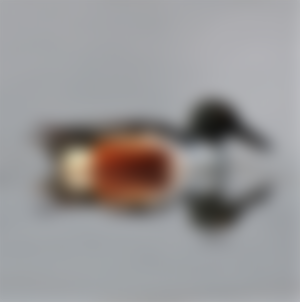
ZVONEC
The bellflower (Bucephala clangula) is a medium-sized bird from the float family. It measures 40 to 48 cm from the tip of its beak to the end of its tail, and its wingspan is 62 to 77 cm. It is a rather stocky bird with a large head on a relatively short neck. We will recognize the male by his white chest, belly and hips, and black tail and back, from which some black lines also extend to the hips. It is most characterized by a dark green head with a metallic luster, adorned with a vivid yellow eye, and in front of a tall dark gray beak it also has a white oval spot. Females and juveniles are protectively colored. Their body is gray-brown with a white spot in front of the tail, and the head is dark brown. Females have a yellow eye, while the eye of the cubs is brown.
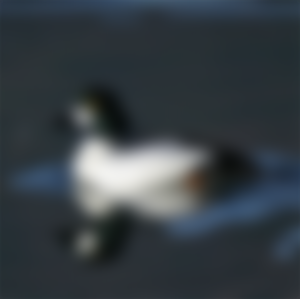



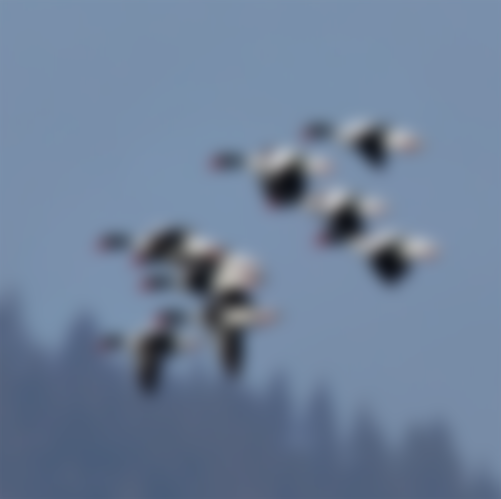
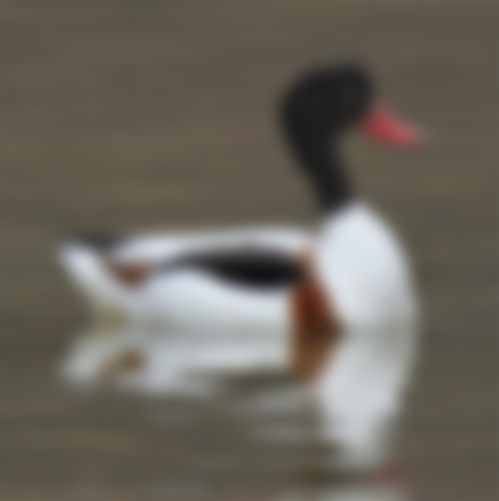
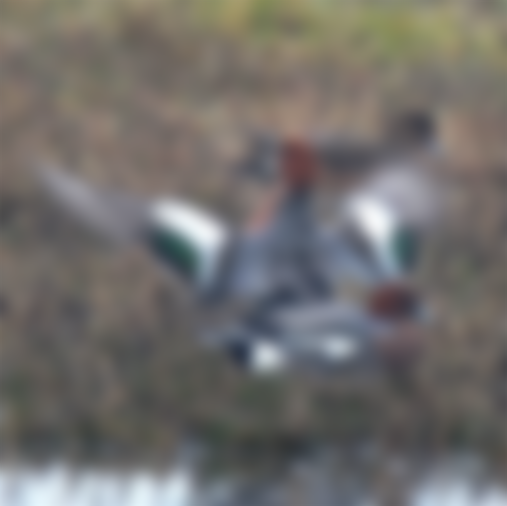
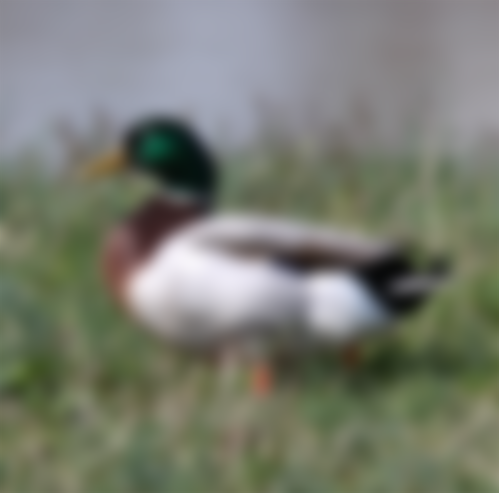

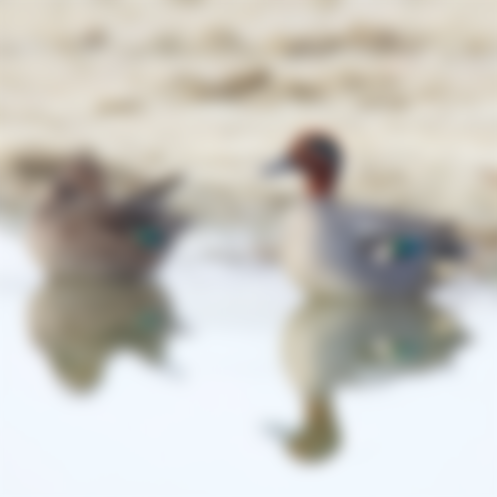


Rekao bih da nisam imao prilike da vidim ni jednu od ovih prica uzivo, sem labuda. Prelepe slike. Volwo bih videti ove ptice uzivo. Reka je prelepa..